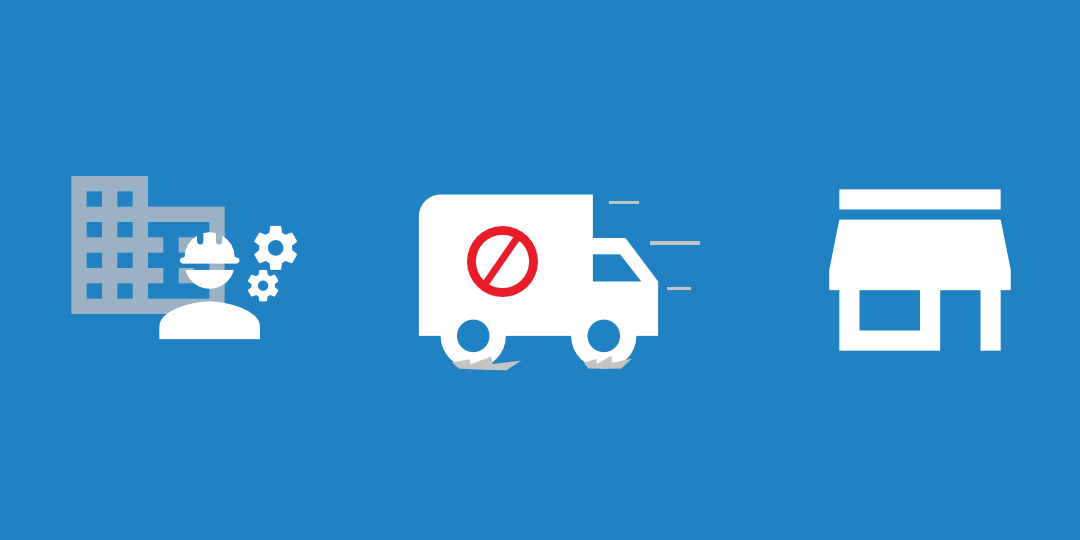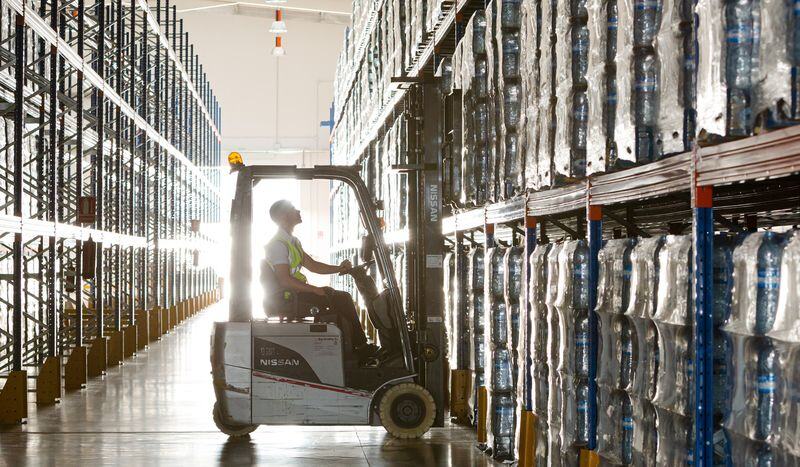On-Demand Labor for Reverse Logistics
Every company that sells something online knows the pain of watching returns roll in. It’s just part of the business. But companies that are new to selling online or that have experienced a recent increase in volume from online orders might not have a strong system in place yet for handling all its reverse logistics.
At Veryable, we work with many companies who have to deal with returns as part of their reverse logistics process. Our marketplace for on-demand labor enables them to make operational plays to tackle this tough issue.
In this article, you’ll learn what you can do to quickly respond to returns using on-demand labor, resulting in more accurate inventory, quicker inventory turns, and a lower cost per unit.

Problems caused by reverse logistics
When returns and rework projects come in and start to pile up, it can create inaccuracy in your inventory and create a sort of black hole in your warehouse. You might end up ordering more of a product that you didn’t need, because you had half your inventory sitting in a returns pile somewhere.
While not the only category of reverse logistics, returns are quite common. A 2018 survey found that the median amount of merchandise returned as a percent of sales was 10%, an amount that represents an estimated $369 billion in lost sales for US businesses. This number has likely only grown during the pandemic and as ecommerce picks up steam.

Returns can happen for any number of reasons, and across industries. Some of the most common types of returns are the result of:
- Damages
- Overshipment
- Overordering
- Try before you buy (e.g. clothes)
- Gift returns
Because returns and rework are unpredictable, unless you’re a large enough company that you have a department to handle returns, most companies wouldn’t need to hire someone full-time just to process them. Even at the local level for companies with a large geographic footprint, the returns process can be a nightmare because the individual stores see daily variation in returns.
Some days there might not be any returns, and some days there might be a huge amount, meaning a full-time worker whose only task is to process returns wouldn’t make much sense in most environments.
Generally, the returns area falls under the responsibility of the receiving department, which is often inundated with keeping up with the regular flow of inbound shipments and containers. Returns are usually low on a receiving department’s priority list and only tackled when there is downtime from their regular inbound volume. Unfortunately, downtime is hard to predict so the returns pile can continue to grow if there is no one to dedicate time to processing it back into sellable inventory.
How on-demand labor helps solve problems with reverse logistics
Instead of hiring someone full-time to process returns or relying on your employees to put in extra hours, you could bring in on-demand labor to process returns while your employees stay on task.
If you have items that customers are ordering that are sitting in a returns pile, you could quickly convert that inventory to cash if you could just process them into sellable inventory.
When returns come in, you’ll simply bring in enough on-demand workers to process them. The workers will only be there as long as it takes to finish processing the batch of returns, and you can wait until you get another batch to call in extra help. The use of on-demand labor in this way will prevent you from paying overtime to assign employees to this task, on top of the cost of excess inventory you’d create as a result of not knowing what’s been returned until it was too late.
If you consistently use on-demand labor to help process the unpredictable returns, you can build a labor pool over time by adding the workers you like to a pool. Then you can specifically invite these workers back when there’s more work available.
By solving reverse logistics problems like returns, on-demand labor could have a huge impact all the way up the supply chain by reducing the bullwhip effect caused when companies order more of an item that’s sitting on their dock as a return. If companies could process returns as quickly as they hit the dock, it would increase inventory accuracy in real time and they could all be more cost efficient and avoid unnecessarily straining every link in the supply chain before them.
How to get started with on-demand labor
Getting started with on-demand labor is easy. You can sign up for a business profile with Veryable and post your first work opportunity in less than an hour. To get started, take 5 minutes to create your free business profile.
To learn more about how on-demand labor can help you optimize your reverse logistics, check out our more recent article: Closing the Loop: Transforming Reverse Logistics into a Growth Engine
Previous Posts
Make The Most of The 100 Days of Summer With Veryable
The Future of Manufacturing and Logistics
Create a free business profile today to explore our platform.






